As we transition into spring, rural property markets are displaying diverse levels of activity and opportunities. Here’s a snapshot of what’s happening in key regions across the country.
Northland and Auckland
An 11.15-hectare Pukekohe property, on the town’s main commercial road, sold for ongoing use as a market garden in the winter, while the autumn listing of a 430ha Kerikeri property with unique potential for coastal subdivision gained huge attention. Although the Northland market improved through the winter, spring listings remain below where they would normally be.
Based on the increased dairy payout forecast, continued improvement is likely through the rest of spring and summer, though buyers will remain cautious for the foreseeable future, and confidence in sheep and beef farming in the region will take longer to recover. Some Northland rural properties are drawing attention as potential renewable energy assets, with corporate and private investors seeking land to support solar energy generation. Blocks of about 60 hectares with easy access to the power network present suitable criteria for solar farming.
Start your property search
Waikato and King Country
Across all farming categories the Waikato and King Country rural property market had a subdued winter, with activity well short of the same period in 2023, which in turn was below 2022 levels. Thundercross Valley Dirt Bike Park, an adventure tourism business on a 300ha farm 69km north of Hamilton is one of the region’s notable current listings.
Within the next few months, as inflationary pressure eases and interest rates stabilise below where they have been for the past two years, a new market should emerge in the region. Responding to stimulus from recent positive announcements, the dairy sector will likely lead this upswing. Several dairy farms listed for early spring sale near Te Awamutu may set the scene. With other aspiring vendors awaiting a signal from the market, if these farms transact favourably, more listings will likely follow.
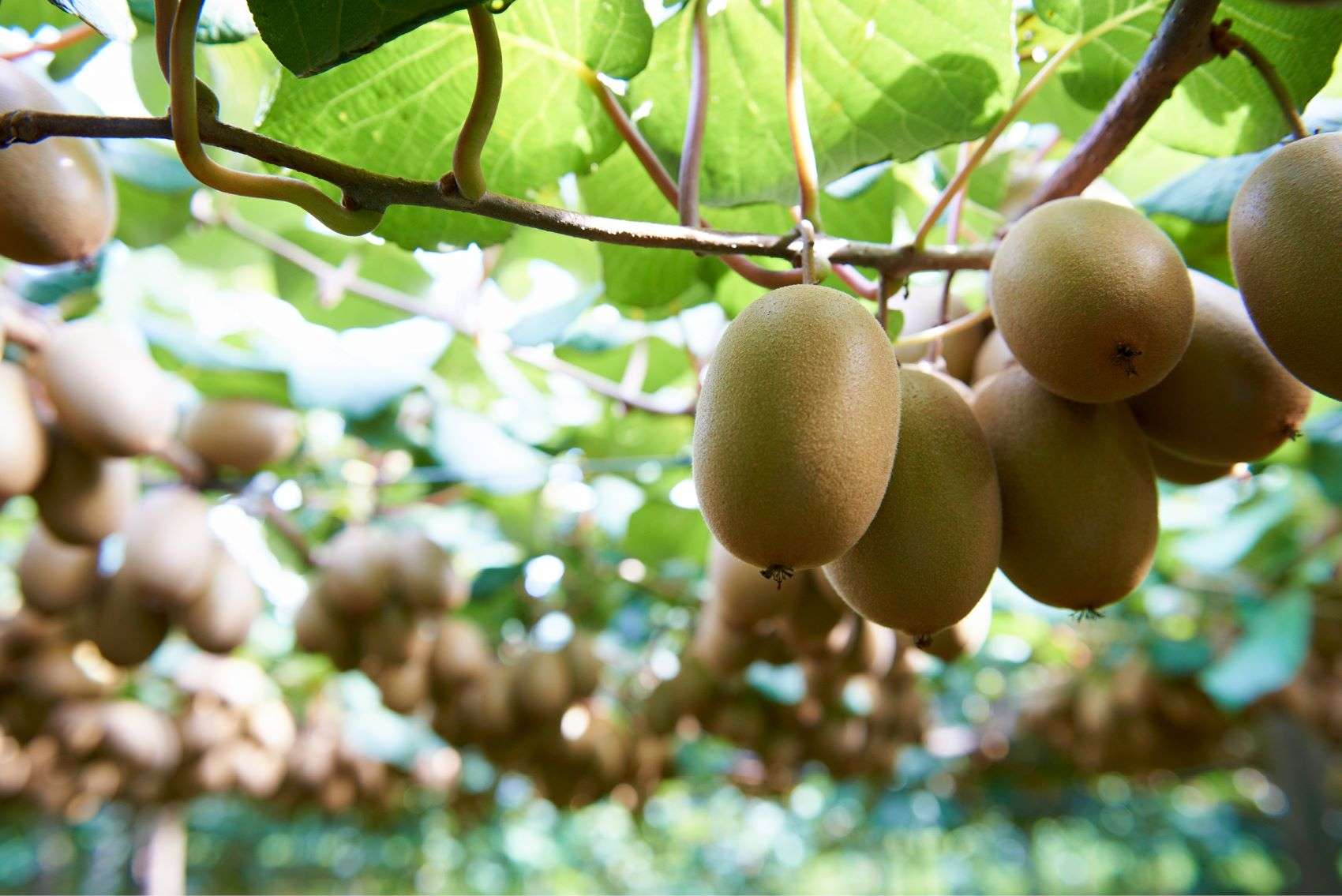
While market activity around kiwifruit and avocado orchards remains subdued, rural property in the Bay of Plenty awaits a reboot. Photo / Supplied
Bay of Plenty
Heavily influenced by the horticulture sector, while market activity around kiwifruit and avocado orchards remains subdued, rural property in the Bay of Plenty awaits a reboot. As elsewhere, as costs increase the profitability of primary production has been squeezed. Since the past season’s quality issues around kiwifruit were addressed, the market seems to have settled on agreed per canopy hectare values. As the G3 variety is again producing strong returns, a gradual rise in sales activity should follow. However, the avocado sector still faces challenges.
Notable Bay of Plenty winter sales include a 106ha Rangitaiki Plains dairy farm that sold for $5.75 million; a 242ha Pikowai grazing, dairy support and beef finishing property that sold under OIO authorisation to forestry for $4.9m; and a 149ha bareland drystock Omanawa farm that changed hands for $4.783m.
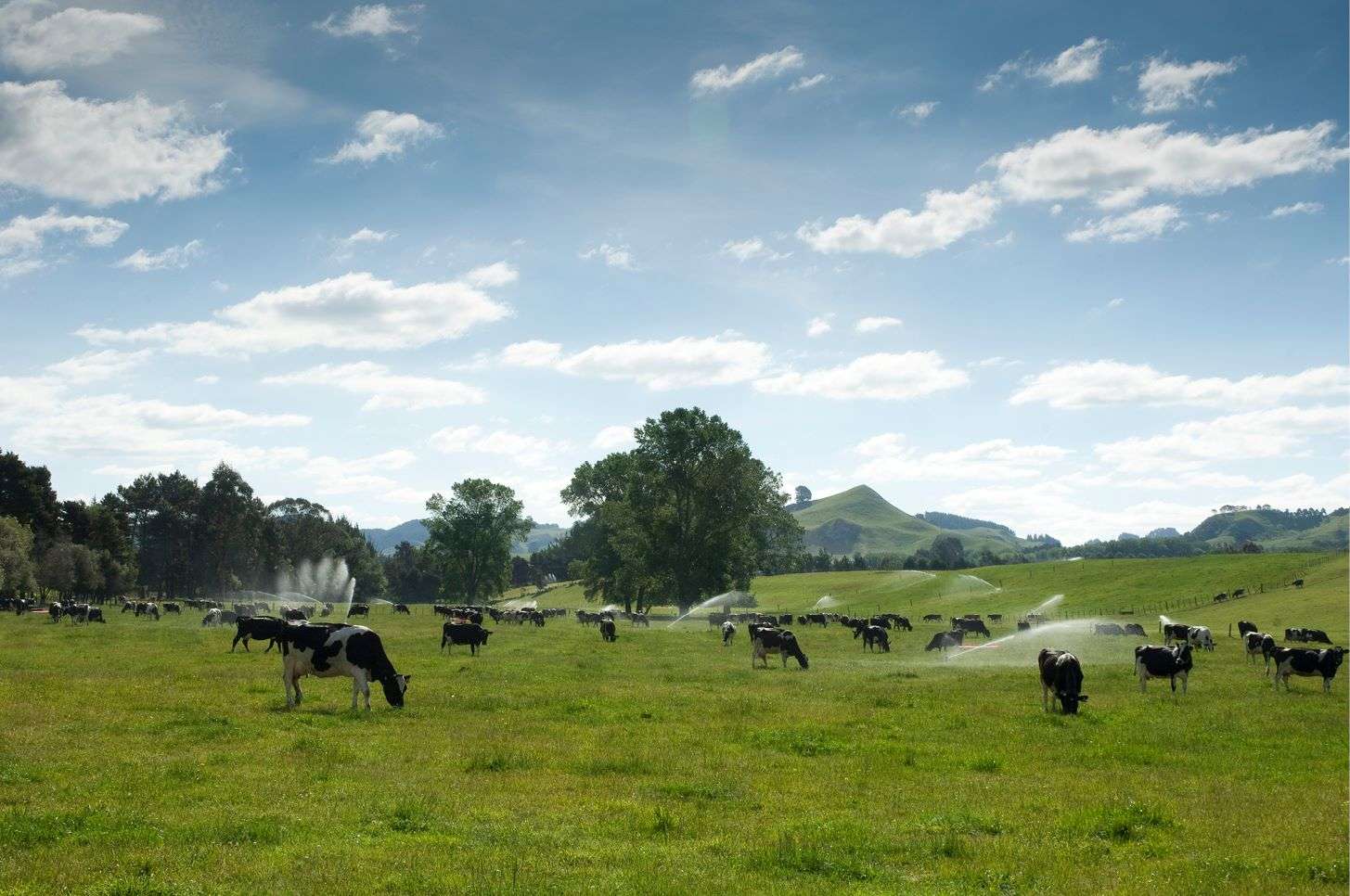
Plenty of listings are set to come forward through the rest of spring and into the summer, particularly sheep and beef property, providing purchasers with a range of options. Photo / Supplied
Lower North Island
In recent months the rural property market through Taranaki, Whanganui, Wairarapa, Manawatu and Horowhenua has benefitted from growing confidence among farmers, with reducing interest rates and increasing commodity prices the critical factors. Plenty of listings are set to come forward through the rest of spring and into the summer, particularly sheep and beef property, providing purchasers with a range of options.
Steady activity is likely as buyers and sellers are generally aligned on where values sit, albeit this is at a level lower than where expectations were during the market peak three years ago. Farms coming forward ought to find purchasers, and the market should gradually gain traction during the spring and summer, especially if red meat schedules continue to trend up. With realistic, motivated vendors genuinely prepared to sell, good farms with scale will always command a premium.
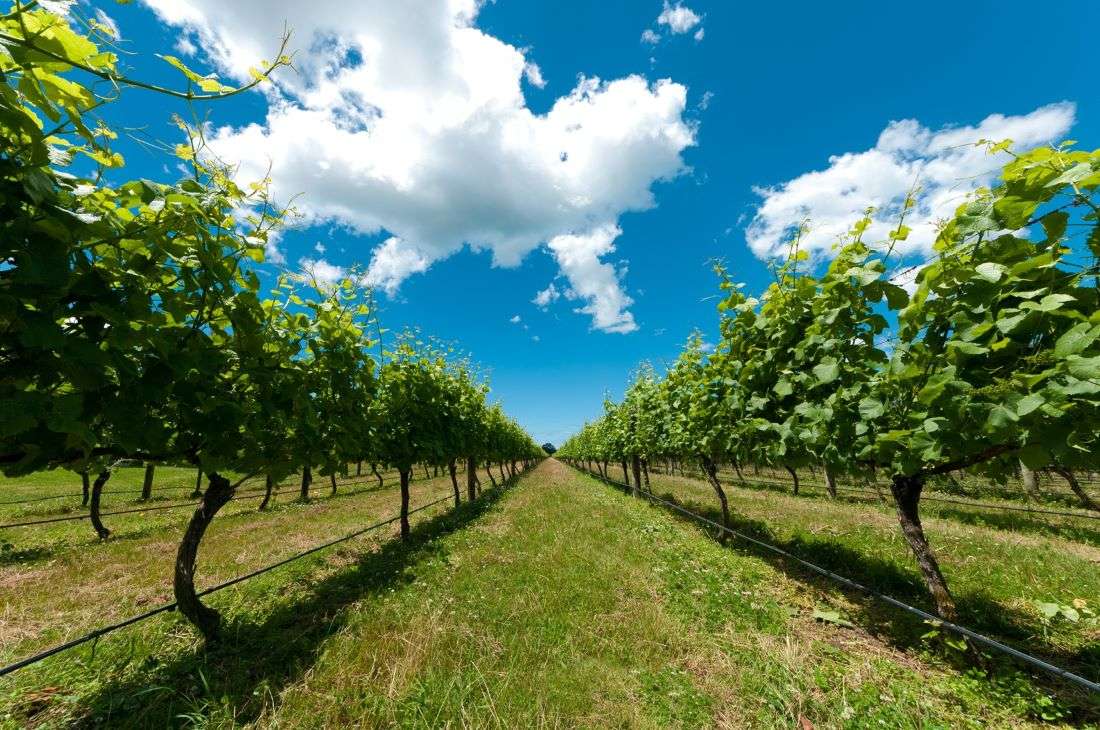
Winter horticulture sector transactions focused on rationalisation among the industry’s bigger players, including buying orchards to pull out trees for replacement with preferred varieties. Photo / Supplied
Hawke’s Bay
While lower interest rates and improving returns have given Hawke’s Bay farmers a more positive mindset than last year, so far that has not resulted in increased rural property market activity. On the basis that the buyer pool is limited, and that a mild winter has heightened aesthetic appeal, several vendors are going to the spring market early, though the numbers are not overwhelming, and approximately on par with any other spring. Those with realistic expectations around values should find buyers, and may encourage others onto the market.
Winter horticulture sector transactions focused on rationalisation among the industry’s bigger players, including buying orchards to pull out trees for replacement with preferred varieties. Properties have changed hands at values ranging from $140,000 to $175,000 per hectare, excluding homes, or above if the tree varieties are deemed to offer premium appeal.
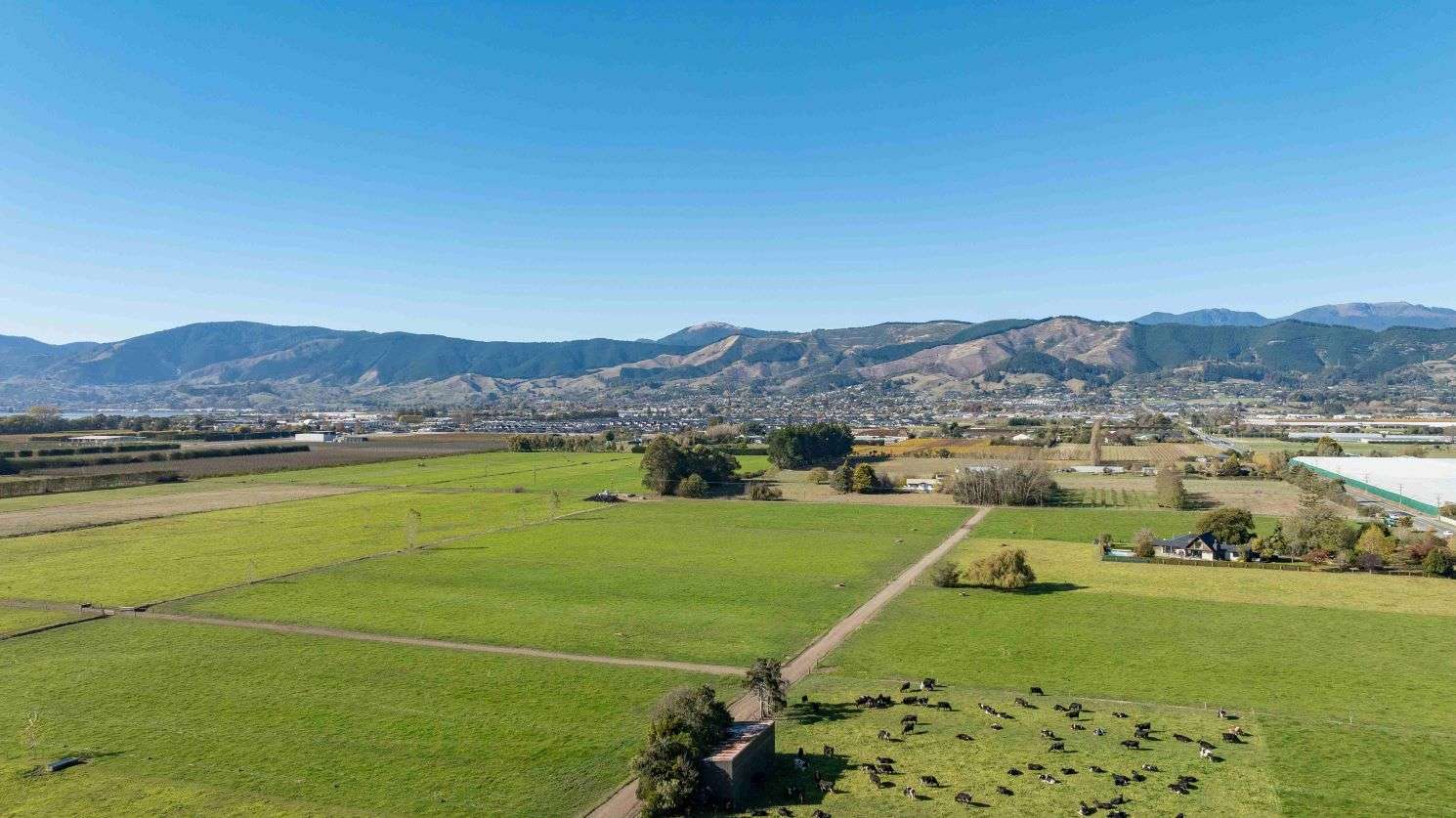
Kingsway Farms, on Appleby Highway, is a 58ha dairy property with water from the nearly commissioned Waimea dam. Photo / Supplied
Tasman
Activity in the Tasman spring and summer rural property market should increase compared to recent months, particularly for dairy. Raidale Farm, a 322ha dairy property sold in April for $7.3m. Meanwhile, Kingsway Farms, Appleby Highway, a 58ha dairy property with water from the nearly commissioned Waimea dam is listed for spring sale. While recent demand for Tasman region sheep and beef property has been limited, farms of this type are coming to the market and should attract attention.
Viticulture, which plays a major role in the Marlborough market, is due for a reset. An oversupply in recent seasons has created an excess of unsold wine. Alongside older vines in many vineyards, this has led to an uncertain vineyard property market, which will may be resolved in the coming months or may take longer. Marlborough property is still in demand.
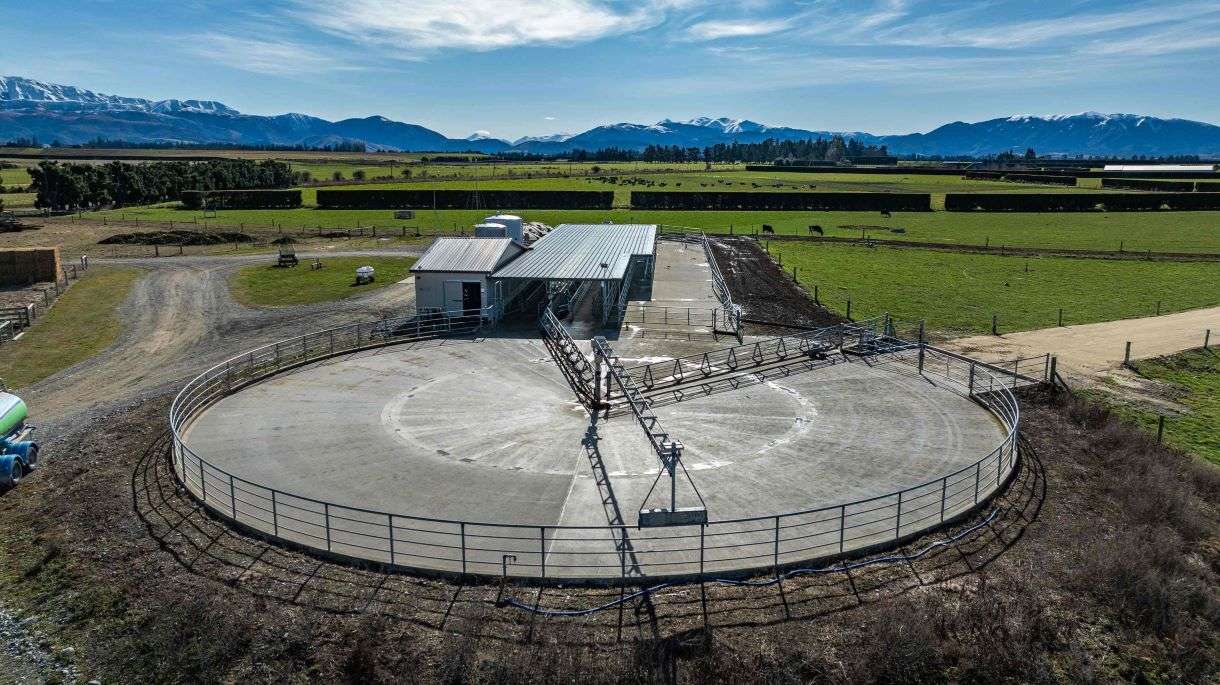
A 162ha irrigated dairy farm in Sheffield is attracting plenty of interest. Photo / Supplied
Canterbury
A lack of sales through the winter made this one of the Canterbury rural property market’s quietest periods on record. Drought in North Canterbury compounded the same factors that are sapping farmer confidence elsewhere. However, listing early, a 162ha irrigated Sheffield dairy farm achieving 243,000kg of milksolids from 560 cows attracted plenty of interest.
Meanwhile, other quality spring listings stand to capitalise on the change of mood that reduced interest rates and improving commodity returns ought to prompt. These include Te Mara, a 312ha Waiau sheep and beef farm; a well located 172ha Cheviot property called Nonoti; and a 500-cow modern dairy farm in Oxford. When presented at their best, by vendors with reasonable pricing expectations, these and other spring listings should attract buyers as the Canterbury market swings back to the positive.
West Coast
Moderate numbers of West Coast rural properties are projected to hit the market in the spring, with listings anticipated to span all price brackets and districts. Recent sales have surpassed the five-year median quantity and are primarily concentrated in preferred localities, comprising transactions at firm to moderate values.
Capital availability is low. As in other regions, regulatory pressures persist, while the high cost of borrowing and on-farm expenses have harmed farmer confidence. As spring and summer progress, any West Coast dairy property offered for sale featuring superior infrastructure and a low risk profile should be well received by the market.
As in other regions, vendors of such properties are advised to ensure that any farm they present for sale is in the best possible shape, and can be fully verified as such.
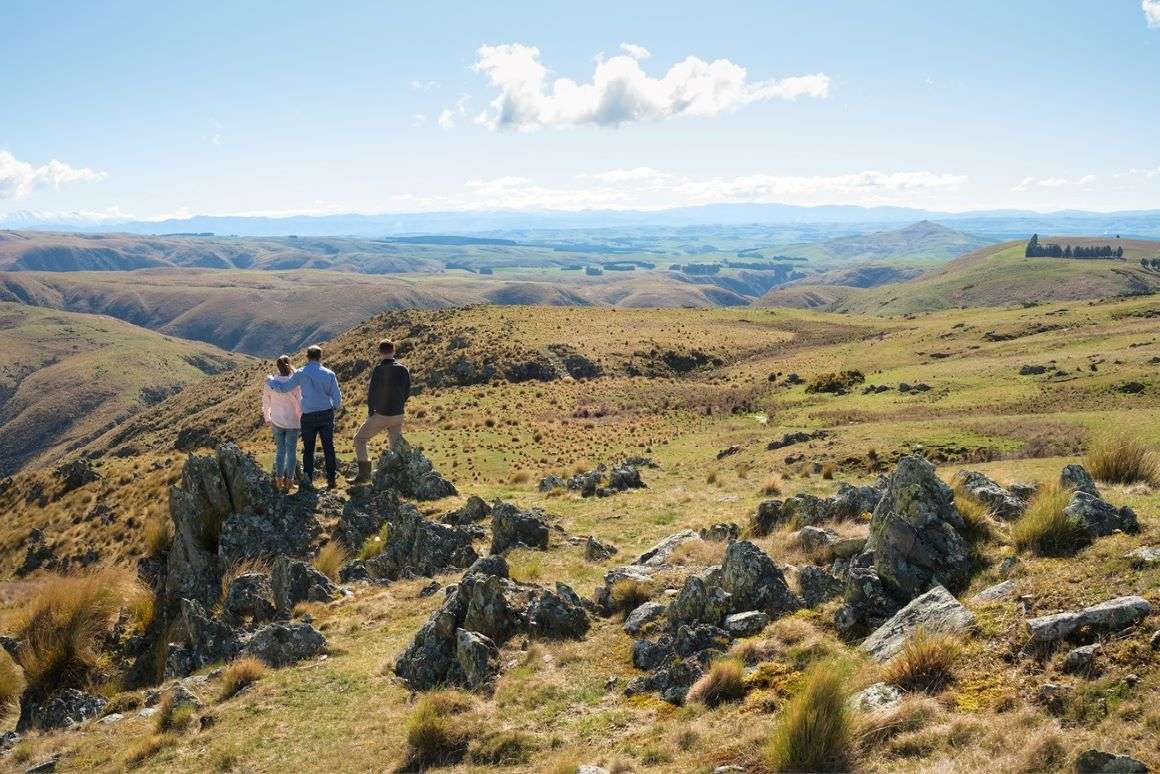
The Dasher Station is a 6300ha pastoral lease property at Kauru Hill, Maraeweka. Photo / Supplied
Mid and South Canterbury and North Otago
Notable recent dairy property sales in Mid and South Canterbury include at Ashburton Forks, Orton and Makikihi, ranging from $48,000 to $53,000 per hectare. Pricing was a little shy of the market’s 2021 peak, though still strong, and consistent with last season’s values.
Poor returns for lamb, mutton and wool persuaded some of the region’s farmers to consider procuring more trading cattle and breeding cows while reducing ewe numbers. Sheep and beef farm values are likely to reset, though as sales may be limited in the coming months, this might not occur until early next year.
One North Otago spring listing, The Dasher Station, a 6300ha pastoral lease property at Kauru Hill, Maraeweka, will attract plenty of attention. Meanwhile, although Mid Canterbury arable farms only rarely change hands, two with size and scale will list in spring, representing a generational opportunity.
Otago
Otago farmers have increased their focus on the rural property market recently. More favourable interest rates and improved commodity returns have boosted confidence, driving record level listings. Those selling are conscious of a limited buyer pool, boosting early spring listings. Prospective buyers therefore have an excellent selection, particularly of dairy, dairy run off and sheep and beef farms.
Offered for spring sale and likely to attract plenty of attention are Bendoran, a 1774ha freehold run inland from Waikouaiti selling for the first time since 1904, and a 413ha Wharetoa, South Otago farm, the location of one of the region’s foremost genetics businesses; while a 130ha Poolburn, Central Otago dairy farm, producing 160,000kg of milksolids per annum, with an adjoining 240ha dry stock property also available, presents another excellent set of opportunities for the right buyer.
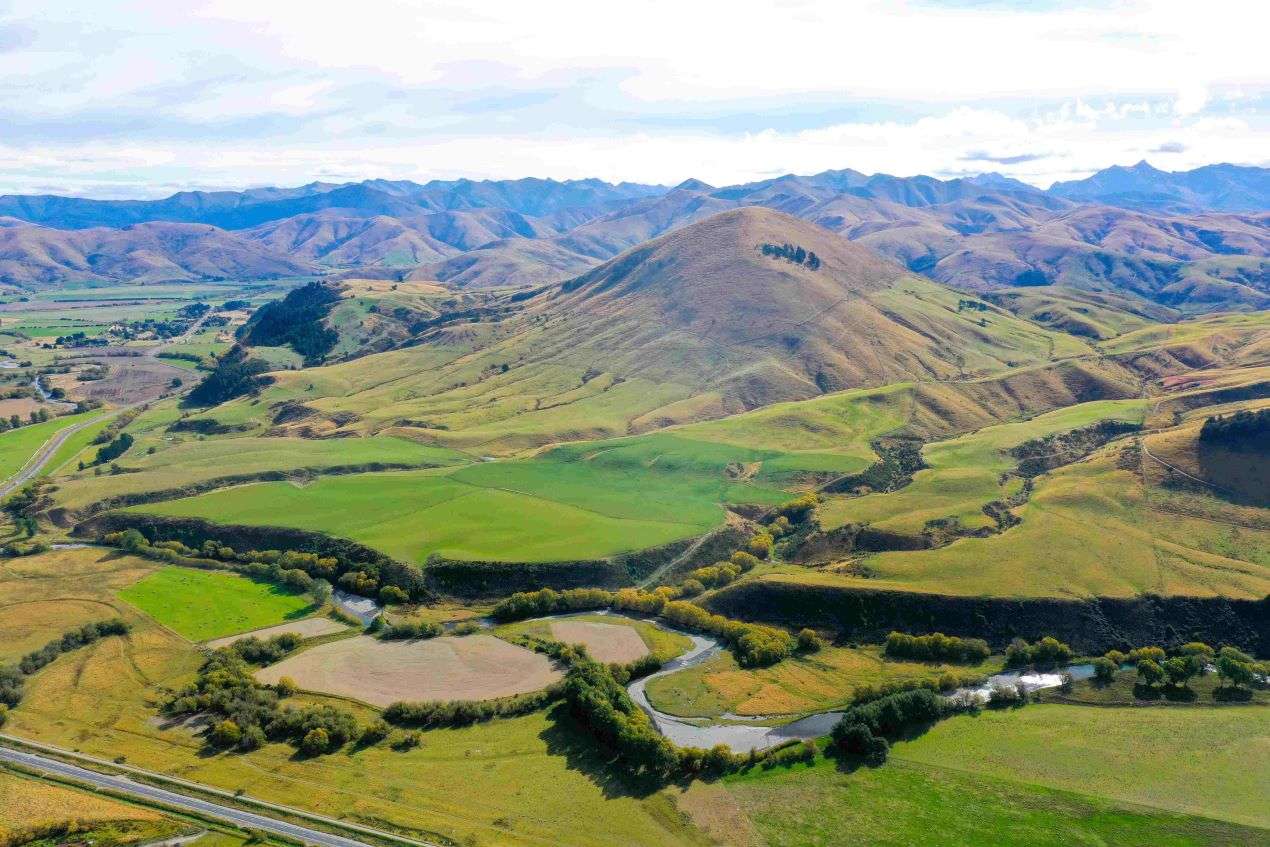
The 2000ha Glenquoich Station is adjacent to Athol township. Photo / Supplied
Southland
As in other regions, dairy is leading the re-emergence of the Southland rural property market. Listed farms are attracting genuine enquiry, with contracts in prospect earlier in spring than generally occurs. Interest in properties valued at $6m-$8m and above is greater than in recent seasons as dropping interest rates and positive dairy auctions have encouraged purchasers.
Activity around sheep and beef farms should feature as the season progresses. Southland spring listings that will attract attention include 2000ha Glenquoich Station adjacent to Athol township, and several new dairy listings ranging from 450 to 650 cows.
Three autumn forestry sales proceeded between $2m and $3.5m. While many with an interest in forestry are waiting to hear what the government will decide relating to carbon credits, a few are pushing on regardless, focusing more on forestry production.











